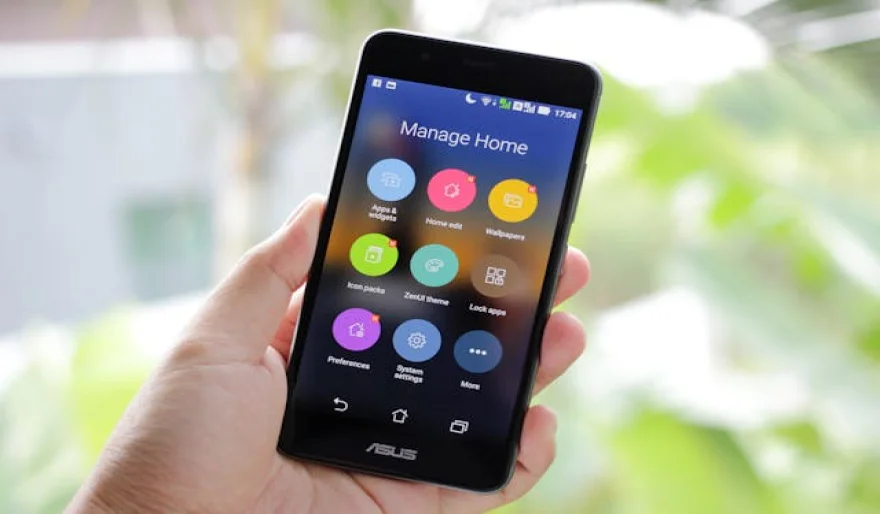Brief history of the smartphone
4 min read A summary of the history of the smartphone, its invention and evolution March 01, 2024 20:04 The history of the smartphone can be traced back to the early 1990s when IBM and BellSouth jointly developed the first smartphone called "Simon". It was released in 1993 and had features such as a touchscreen, email capabilities, and a calendar. However, it was not widely adopted due to its high price and limited functionality.
The history of the smartphone can be traced back to the early 1990s when IBM and BellSouth jointly developed the first smartphone called "Simon". It was released in 1993 and had features such as a touchscreen, email capabilities, and a calendar. However, it was not widely adopted due to its high price and limited functionality.In 1996, Nokia released the first phone with internet connectivity, the Nokia 9000 Communicator. This device had a full keyboard and could access the internet, send emails, and even had a basic web browser. It was a significant step towards the modern smartphone.
In 2000, Ericsson released the R380, which was the first phone to use the Symbian operating system. This operating system allowed for more advanced features such as third-party apps and a customizable user interface.
In 2002, BlackBerry released the first smartphone with a full QWERTY keyboard, the BlackBerry 5810. It quickly became popular among business professionals for its email and messaging capabilities.
In 2007, Apple revolutionized the smartphone industry with the release of the first iPhone. It had a touchscreen interface, a full web browser, and access to the App Store, which allowed users to download and install third-party apps. The iPhone's success sparked a new era of smartphones, with other companies such as Samsung, HTC, and LG releasing their own versions.
In 2008, Google released the first Android smartphone, the HTC Dream. It offered a similar experience to the iPhone, with a touchscreen interface and access to the Google Play Store for apps.
Over the next decade, smartphones continued to evolve and become more advanced. They became thinner, faster, and had better cameras and displays. The introduction of 4G and 5G technology also allowed for faster internet speeds and improved connectivity.
In recent years, smartphones have become an essential part of daily life, with people using them for communication, entertainment, and productivity. The introduction of features such as facial recognition, virtual assistants, and augmented reality has further enhanced the capabilities of smartphones.
Today, smartphones continue to evolve with the introduction of foldable screens, 5G technology, and advancements in artificial intelligence. They have become an integral part of modern society, connecting people and providing access to a vast array of information and services.
User Comments (0)
No comments added yet.
Comments will not be approved to be posted if they are SPAM, abusive, off-topic, use profanity, contain a personal attack, or promote hate of any kind.









